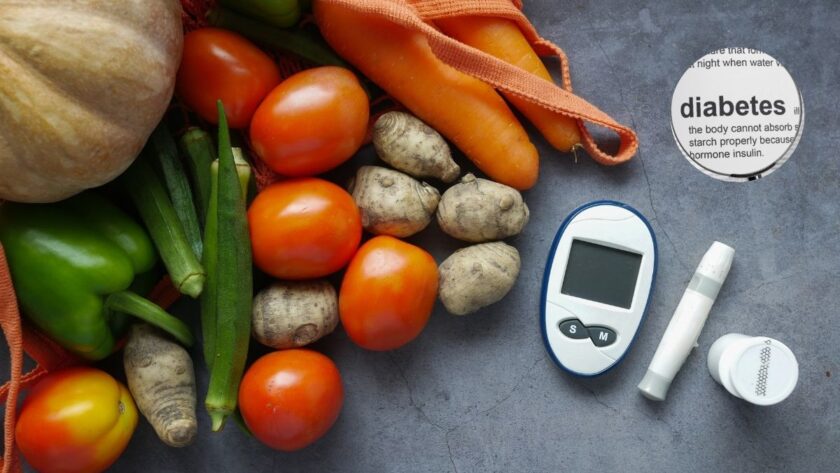A guide to meals that help regulate blood sugar and support daily diabetes care routines.
People with diabetes often believe they must restrict their meals, but vegetarian food actually offers many delicious and healthy options. When meals are made with whole grains, legumes, vegetables and the right cooking methods, they help maintain steady blood sugar levels while still being enjoyable. Choosing nutrient rich ingredients allows individuals to enjoy flavourful dishes that support both health and satisfaction.
Why These Meals Work
Vegetarian meals that suit diabetics follow a few important principles. They focus on whole grains and legumes, which prevent blood sugar from rising too quickly. These foods are packed with fibre, slowing down glucose absorption and helping digestion. Plant proteins from lentils, beans and tofu keep you full for longer, which helps in blood sugar stability. Healthy cooking methods such as steaming or roasting add nutrition without unnecessary fats. Non-starchy vegetables complete the balance, making each meal wholesome.
Vegetarian Meals That Fit a Diabetic Diet
Mixed Bean Salad
A bowl of kidney beans, chickpeas and lentils brings plenty of fibre and protein. These nutrients help the body process sugar more slowly, making it a smart meal choice.
Bitter Gourd and Eggplant Sabzi
Bitter gourd contains natural compounds known for supporting sugar control. When cooked together with eggplant, the dish becomes fibre rich and filling.
Quinoa Khichdi with Spinach and Tofu
Quinoa offers a low glycemic grain alternative. Paired with spinach for vitamins and tofu for protein, this khichdi becomes both healthy and flavoursome.
Cauliflower Rice Pulao with Mixed Vegetables
Cauliflower rice reduces the overall carbohydrate load. Adding colourful vegetables increases fibre and essential nutrients.
Moong Dal Cutlets
Moong dal provides protein and fibre. When baked or shallow fried, these cutlets turn into a healthier meal or snack suitable for diabetics.
Besan Kadhi with Bari
Kadhi from gram flour provides protein and mild carbs. Eating it with a small portion of brown rice or a whole wheat roti keeps the meal balanced.
Handvo (Vegetable Lentil Cake)
Handvo combines lentils, vegetables and fermentation, creating a dish that is nutritious, fibre rich and lower in unhealthy fats.
Varan Bhaat (Dal and Rice)
A traditional combination of dal and rice can be diabetic friendly when made with pigeon pea or lentil dal and served with brown rice or a millet mix. This version brings comfort and balance together.
Tips for Making Vegetarian Meals Diabetic Friendly
Healthy meals rely on simple choices. Selecting whole grains instead of refined ones is essential. Adding plenty of non-starchy vegetables boosts the nutrient value of any plate. Healthy oils such as olive or avocado oil help keep fats in check. Portion control plays a major role, because large servings of even healthy foods can raise blood sugar unexpectedly. Maintaining regular meal timings prevents sudden highs and lows throughout the day.
Frequently Asked Questions
- What makes a vegetarian meal suitable for someone with diabetes?
A diabetic friendly vegetarian meal avoids refined grains and excessive sugars while including whole grains, fibre rich vegetables and plant proteins that help regulate sugar levels.
- Can legumes help manage blood sugar levels?
Yes. Legumes like lentils, chickpeas and beans have both fibre and protein, which slow down the breakdown of carbohydrates and support steady blood sugar levels.
- Are whole grains better than refined grains for diabetics?
Whole grains such as brown rice, whole wheat, millets and quinoa digest more slowly, causing a gradual rise in blood sugar instead of sudden spikes.
- Do diabetics need to avoid all carbohydrates?
Carbohydrates are still essential, but choosing complex carbs and pairing them with proteins and fibre is the key to managing blood sugar effectively.
- Why is portion size important in diabetic meals?
Eating too much of any food, even healthy options, can raise blood sugar. Balanced portions ensure the body handles the meal steadily without sudden glucose changes.
